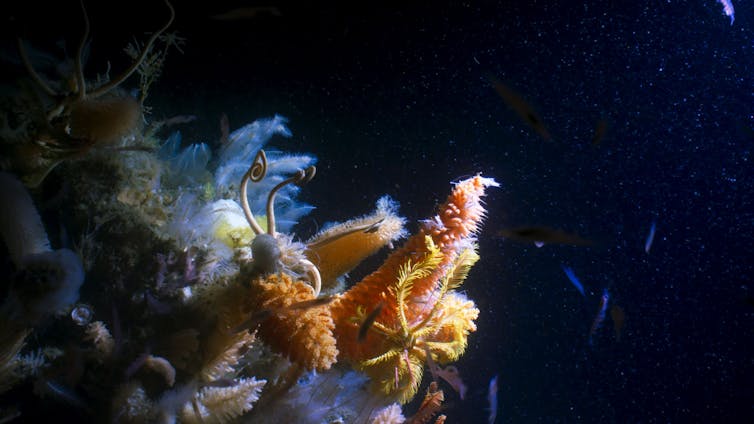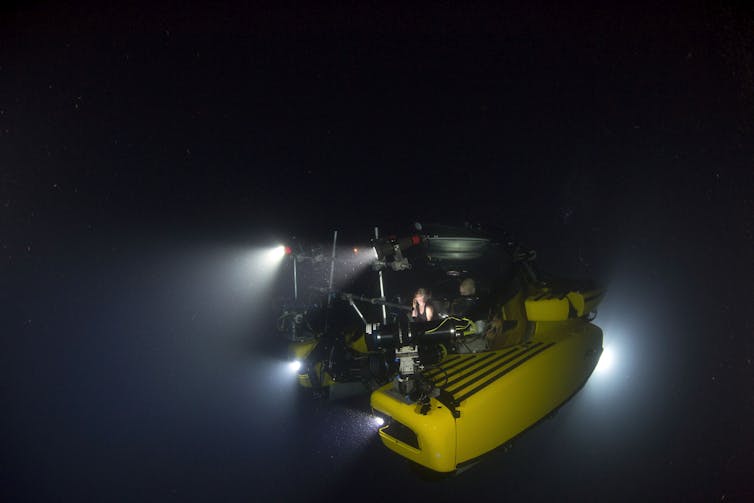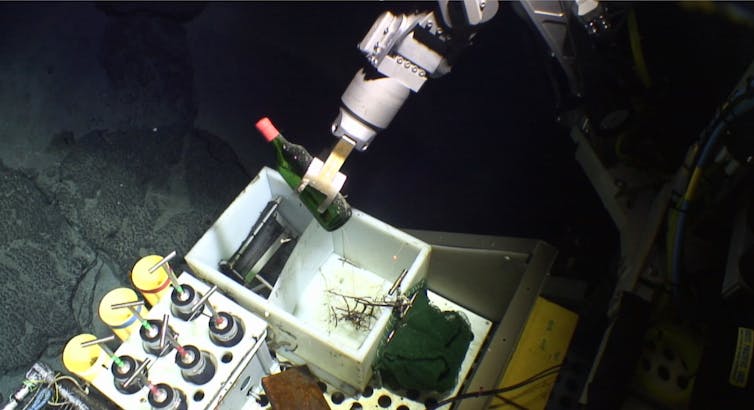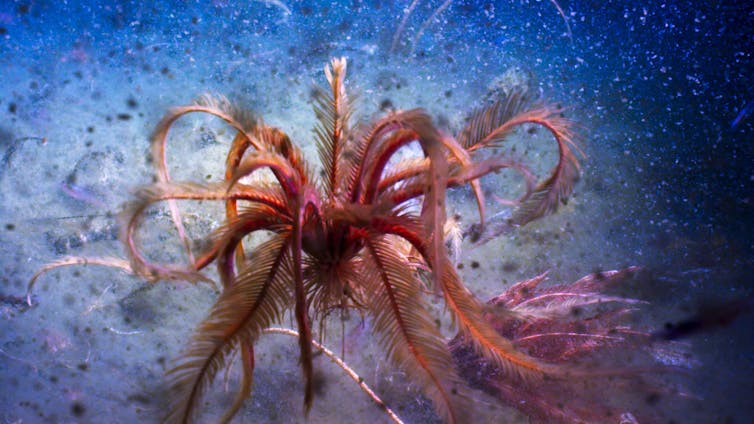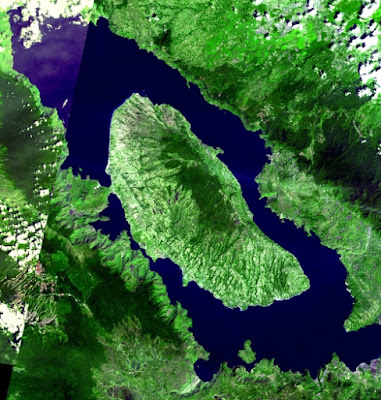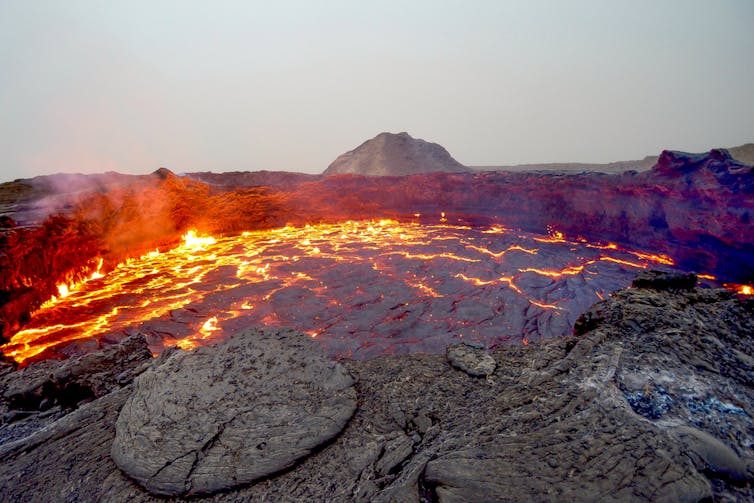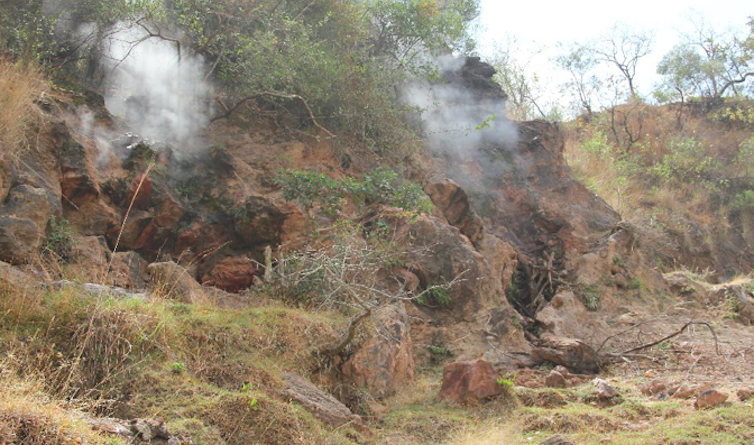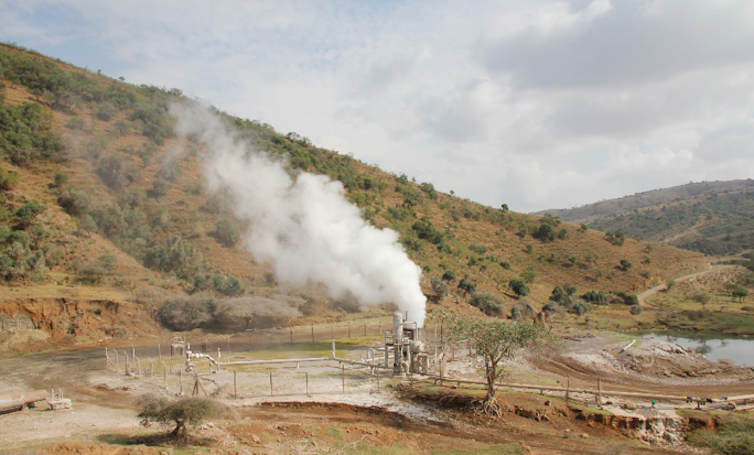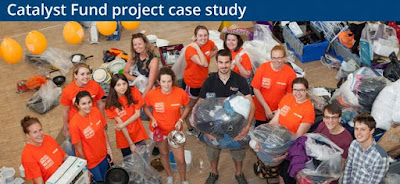In January 2017, I posted my early reflections on sustainability in the UK. Now, 10 months later, I have been living in England for over a year. I submitted my thesis for the MSc Environmental Policy and Management program last month, and I am working for the Environmental Defense Fund in London. This post will have a few parts to it: a recap of my thesis topic, a reflection on my time in Bristol, and a discussion of what I’m doing now and planning for the future.
I titled my thesis “Compensating Environmental Policies’ Victims: Typologies and Recommendations for Success.” By compensation, I mean of those individuals or demographics, companies or industries that environmental protection policy actually hurts. Think coal miners as policy accelerates the transition to clean energy, or low-income households as a carbon tax raises the price of petrol.
Strong environmental policies are wildly important, but often they impart uneven costs, and few (if any) studies discuss compensation for these costs. Reviewing compensation in theory and across ten cases, I developed a typology by which environmental policies’ uneven costs can be classified. I then presented recommendations for compensation, in general and specific to certain typological classifications. Among my general conclusions, I found that fewer, targeted compensatory mechanisms prove more cost-effective and visible than more, broad ones; exemptions dampen policy incentives, hurting environmental performance; and targeted payments or flexible subsidies, financed with related policy revenue, work well. I developed the following chart, which allows a policymaker to trace through certain characteristics of a policy and find a recommended compensatory package.
I won’t drag on through my thesis in this post, but I am happy to share it with anyone wishing to follow up. I was selected to present it at the Oxford Symposium on Population, Migration, and the Environment in December. The Cabot Institute is generously sponsoring my participation, so expect a post from me about the conference soon.
On to my experience of Bristol: the city became a true second home to me. I returned just a few weekends ago for a visit, and the bittersweet wave of nostalgia washed over me. The city is so dynamic, so lively, and so walkable. I arrived on a Friday evening. The sun had set, and Bristol’s abounding student and young adult population pumped through the streets. As I walked up Park Street, two Bristolians struck up a conversation with me. For a few shared minutes fighting Park Street’s incline, we talked about ourselves, the city, our evening plans. Bristol is a city in its offerings—great food, art, culture, parks, but it is a small town in its accessibility. It is walkable, its people are friendly, and it gives you the impression that you can truly get to know it if you spend some time there. I like to think I know Bristol now, and I will continue to miss it immensely now that I’ve gone.
I’m in London in the short term, interning with the Environmental Defense Fund, a US NGO that expanded to the UK/Europe a couple years ago. I focus on methane emission reduction in the oil and gas sector, helping our organisation to develop a strategy that will work in Europe. Methane is the second most abundant greenhouse gas behind carbon dioxide, and it is over 80-times more potent in warming the Earth than carbon dioxide over a 20-year timespan. By some estimates, it accounts for about a quarter of the warming we’ve felt since the pre-industrial age. The oil and gas sector accounts for at least a fifth of Europe’s methane emissions, not accounting for the embodied methane of the bloc’s imports. These emissions come from across the supply chain, from production of a well, storage, and the natural gas distribution networks in our towns. I advocate for stronger methane policy at the EU level, engage with companies to apply pressure, and work with scientific bodies that help to better count and record these emissions. I am learning a lot and making invaluable connections, and I have a fellow Cabot Masters Fellow, Mireille Meneses Campos, to thank. She connected me with the organisation when they were seeking someone for the role.
I will be in London for a couple more months, then I will return to Houston to work with the management consulting firm Oliver Wyman. The firm works in various industries; I will likely work mostly on projects related to energy and electricity, but as a general consultant my project placements may be broader. I am excited for the skills that consulting will help me build, and to be back in Texas for a time. Texas and US environmental protection can only benefit from more supportive voices, and I plan to be loud. I will have been away just a year and a half, but I return with more knowledge and experience to back my advocacy. The Cabot Institute has played a large part in my acquisition of this knowledge and experience, so I am incredibly grateful. I also wish to thank the US-UK Fulbright Program, which brought me to the UK in the first place.
————————–
This blog is written by Michael Donatti in October 2017. Michael is a Cabot Institute Masters Research Fellow.
 |
| Michael Donatti |




